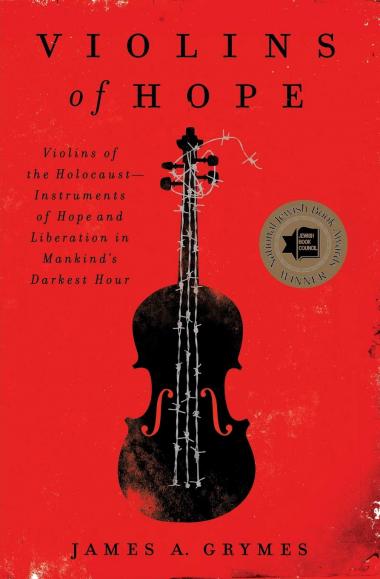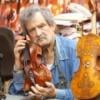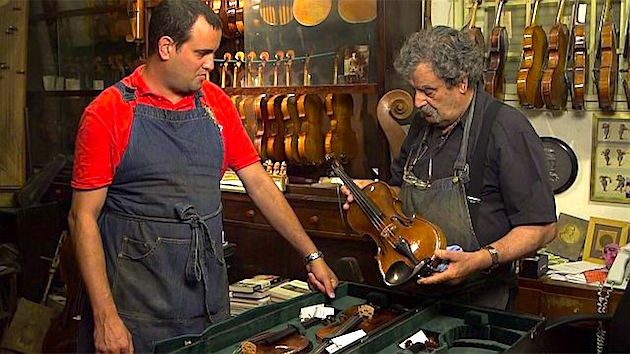
At 80 years old, Amnon Weinstein, a second-generation luthier — a builder of stringed instruments — is still plying his trade. He and his son, Avshalom or Avshi, have been collecting and restoring violins played by Jewish musicians during the Holocaust. While many of the instruments’ owners perished in one of the worst periods in human history, the music — and the stories these instruments tell — live on in Violins of Hope, a traveling project dedicated to the Weinsteins’ collection of more than 80 restored violins originally owned and played by European Jews in ghettos and Nazi death camps.
Having made their North American debut in 2012 with performances in Charlotte, North Carolina, the instruments went on to be played in concert halls, synagogues, churches, universities, theaters, and other venues in cities including Cleveland, Montreal, and at the Library of Congress in Washington, D.C. The Violins of Hope arrive in the Bay Area from Jan. 16 through March 14 in a residency that will bring together organizations in presenting concerts, exhibitions, interfaith services, lectures, films and community forums commemorating the Holocaust. (The project moves to the Soraya in Los Angeles from March 22 to April 26.)
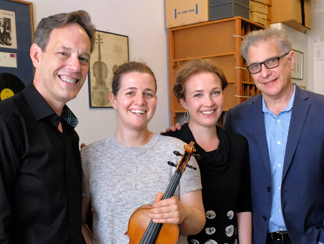
Among the many highlights of the project are Music at Kohl Mansion, which commissioned Intonations: Songs from the Violins of Hope, a song cycle composed by Jake Heggie with librettist Gene Scheer (a preview takes place Jan. 18, with the world premiere Jan. 19). In addition, there will be discussions with the Weinsteins (Jan. 16, 18 and 27) centering on their work and the impact these instruments continue to have on communities around the world.
Speaking by phone from his workshop in Tel Aviv, Amnon said that there was never a question that he would become a luthier like his father, Moshe Weinstein, before him. That he would be devoting the last quarter-century of his life to finding, documenting, and restoring these violins also seemed preordained.
“Every violin is a completely different story. It’s the same idea, but each one is a way of salvation of the violin. This is very important for me, that the violins have not stayed in the closet — they have to speak, to play — and that is what is going to be now. It’s unbelievable, the enthusiasm coming from the States. I’m so surprised, I’m so touched at what is happening. This has given me power to continue and to continue and to continue to do this job. I’m 80, but I’m working like I’m 40. I hope still to get more and more violins and to do more and more, because this is the most important thing for me now in my life.”
It began, explained Amnon, after the war ended in 1945. “I was a child at this time, but people knew something had happened — my [extended] family lost almost 400 members in the Holocaust, but people couldn’t believe this something was true. Survivors arrived to Israel and said exactly what happened [so] nobody wanted to touch anything made in Germany. It was a blackout, including for violins and violas.
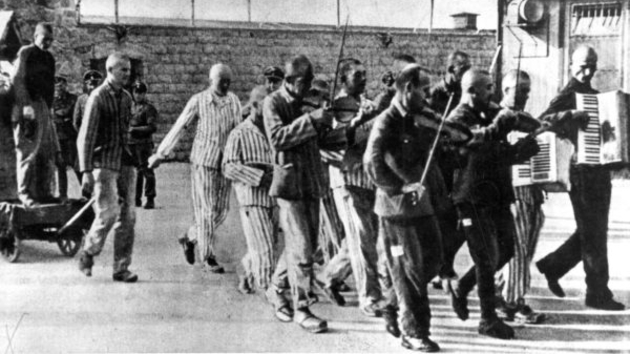
“Many musicians,” added the luthier, “came over to my father and told him, ‘If you’re not going to buy my violin I’m going to break it.’ It was a sacrilege, so he bought every one.”
Fast forward to 1994, when Weinstein gave a radio talk about the influx of German instruments to Israel both before and after the war, and his studio soon became the go-to place for instruments that had a connection to the Holocaust. “I asked people who have a story — violins, anything, please come to me, show me. What is snowballed from one, two, three. Today the number is 86.”
Thus, was born Violins of Hope.
Music, of course, and the violin, in particular, has a special place in the Jewish tradition. Persecuted throughout much of European history, Jews were often nomadic, and in seeking safety, music became both a respite and a source of happiness.
Explained Amnon: “What I will say, first of all, the sound of the violin is very, very touching and very near to the Jewish way of speaking Yiddish and the prayers. Once somebody asked Isaac Stern, ‘Why do so many Jewish people play the violin?’ and he said, ‘It’s the easiest [instrument] to pick up and to run away with.’
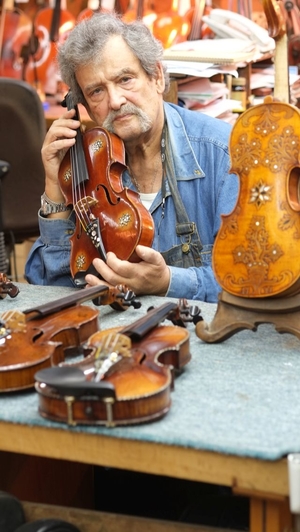
“I think he was right in some way, but the sound — it’s coming as a child who heard his mother singing to him in Yiddish and speaking in Yiddish. That has something to do with the sound of the violin, but to have a complete answer to your question of why the violin, nobody has this.”
Amnon’s son, 44-year old Avshi, began to help out with the family business at 18. He currently lives in Istanbul and says that restoring violins is the same as restoring any other instrument. “You need time, patience and knowledge — it’s the same work, but the story is different,” adding, “instruments are like human beings — they take things from their environment.”
Indeed, the stories of the Violins of Hope resonate with people all over the world, having also been heard in concerts in Berlin, Monaco, Paris, London, and Rome. “The thing is,” he added, “history is made out of stories — private, personal stories. If you think about the war, how many hundreds of millions of personal stories there were with Jews, non-Jews, the dead, it’s a part that many people skip.
“You’re talking about something that happened before and hopefully will never happen again,” Avshi continued, “in a scope and dimensions which we cannot understand. These people were targeted and killed on purpose. How many Russians died, Polish, Ukrainian, German, French? It’s numbers nobody understands and when you talk about personal stories, it gives it a life of its own. It’s somehow easier to understand and to accept and to compare to yourself, basically.
“So, when you go to a concert,” Avshi explained, “you never know the history of the instruments that people are playing; you don’t know the history of the instruments you’re hearing. Sometimes it might be that their instruments have an amazing history, but the players wouldn’t know it and the audience doesn’t. When you hear a concert with [Violins of Hope] it’s a different experience because you have the history.”
James Grymes, a professor of musicology at the University of North Carolina at Charlotte, is the author of the 2014 book, Violins of Hope: Violins of the Holocaust — Instruments of Hope and Liberation in Mankind’s Darkest Hour, which won the National Jewish Book Award. Grymes, who will also be in discussion with the Weinsteins during the residency to share some of his thoughts, recalled that in the years leading up to Violins of Hope coming to Charlotte in 2012, as his bosses were preparing for the event, he became “fascinated by these stories.
“And the idea that music, which is something I love very much and have dedicated my career to and it’s what I do as a passion, never made a difference between whether I lived or died. But these extraordinary circumstances — to make that decision to keep one’s family alive — was really profound. So, I took a trip to Israel in 2011 and met with Amnon and wanted to know more. By the end of that one-week trip, I had decided to write a book about the violins.”
In the book, Grymes tells the stories of seven violinists, adding, “I like to say that these Violins of Hope are reminders that the Holocaust is not one story of six million deaths [of Jews] but six million individual stories — and each is inspiring and difficult in its own way.”
One story Grymes recounts is that of Feivel Wininger and his violin. “He was sent on a death march in Romania — that’s not widely taught in the U.S. [because] they [the Romanians] denied they even participated in the Holocaust, and it was Elie Weisel who started turning it around — but along the way, Feivel’s uncle and mother died. He had an 18-month-old daughter, Helen, who was close to death, but he got his hands on a violin and started playing for Ukrainian farmers.
“It was through the violin that Feivel and his daughter survived, because of his ability to play the instrument. What was difficult for me was that we could never imagine the horrors, but as humans we could empathize, and Helen grew up with her father and that violin came into the collection through her, and it can tell that story for generations to come.”
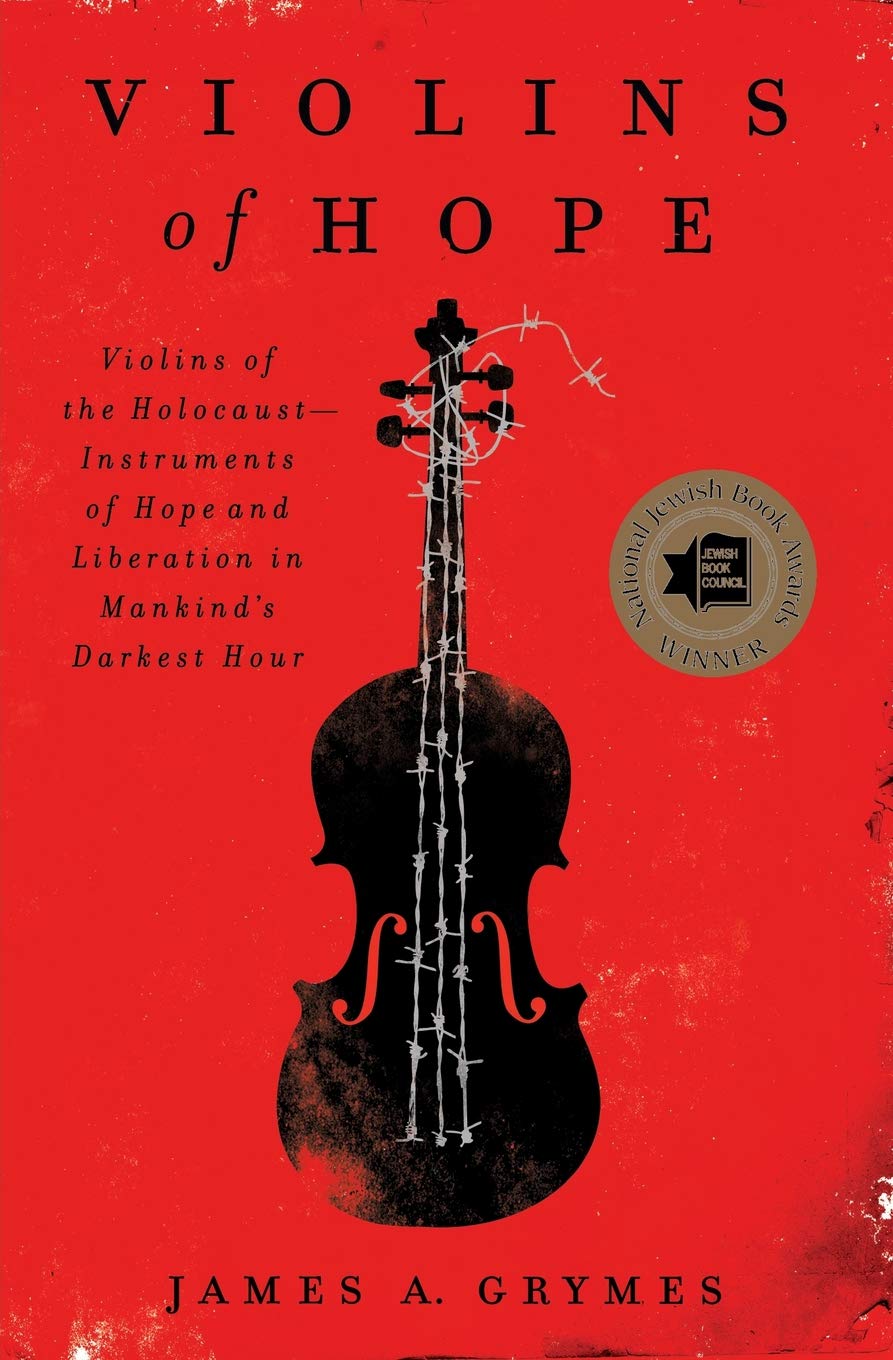
Grymes pointed out that many survivors never wanted to play the violin again. “Or even talk about it. There’s a tactile memory and every time one former Auschwitz musician brought the violin to his neck it brought him back to the camps, making music too painful. He sold it to a man who wanted his sons to play, but they never took to the violin, so it sat in the back of a closet until the Auschwitz violin found its way to Abraham Davidovitz and then to Amnon. “With every year,” added Grymes, “we are having fewer survivors, so these violins have found a nice home.”
With a number of concentration camp musicians owing their lives to their instruments — and the music lifting them above their punishing, day-to-day existence — it is this legacy of Jewish hope that has compelled the Weinsteins to continue making these violins speak again.
And speak they do. Jake Heggie, a Guggenheim Fellow and composer of acclaimed operas, including Dead Man Walking” (2002) has written, Intonations, with a libretto by Gene Scheer that will be performed by mezzo-soprano Sasha Cooke, violinist Daniel Hope, and a string quartet comprised of members of the San Francisco Opera Orchestra.
In the program note to Intonations, Heggie wrote that each of the songs of the dramatic cycle would “intone, or tell, a story from the perspective of the violin itself. This way, we could use music and words to explore the physical and emotional journey of the instruments.”
The sixth and final section of the work is a wordless Lament for string quartet that was inspired by Paula Lebovic’s recollection of the liberation of Auschwitz, which began on Jan. 27, 1945, and will be recognized as part of International Holocaust Remembrance Day commemorating the 75th anniversary of the liberation. An event marking this day, January 27, will take place at Congregation Emanu-El and will feature remarks by the Weinsteins, as well as performances of Bach and Hans Krása by New Century Chamber Orchestra with pianist Simone Dinnerstein. Excerpts from Heggie’s Intonations will also be performed.
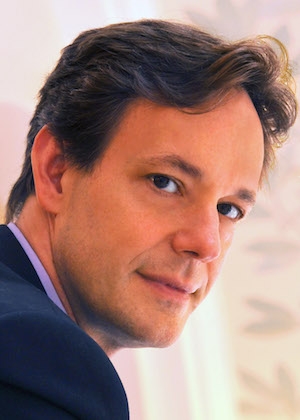
“With any piece I write,” noted Heggie in an email, “I want people to feel somehow changed when they listen and experience it ... but this project takes it to a whole new level. To tell these wrenching, powerful, transformative stories with actual instruments — survivors — from the Holocaust, is beyond description. It was a huge challenge — quite daunting and scary, actually — but one of the most rewarding in my experience.
“Cultural memory,” added Heggie, “is short. It's up to us as artists to "wake people up" and tell them the stories of what happened. What people are capable of doing to each other — what people are capable of surviving — and how music can save our souls.”
Grymes, who studied the bassoon, but not the violin, agreed: “The heart of the project is these violins come alive again onstage. The people who tend to have the greatest emotional reaction are the violinists themselves — that’s when I wish I were a violinist. The lineage of the instrument is traced and they believe that something of the soul of the previous owner still exists in that instrument.
“They also say that with the imprints that your fingers leave on the boards, you can physically feel the previous owner. In many senses, then, these violinists are bringing back the sounds of the owners.”
Grymes added that the violins make beautiful museum pieces and that the “decorating of the instruments was common in Klezmer tradition. It’s like tricking out your violin [since] the craftsmanship of the Stars of David themselves, are breathtaking, and would be beautiful behind glass. But the idea is that these instruments come alive again onstage.”
As Amnon Weinstein so aptly put it: “How do you say — it is one of the best memorials that we can do for this group of people that cannot speak, cannot say anything, the violins are talking for them. Day by day we are getting more information and people are talking about these instruments, asking questions. It’s something very, very important for the future, for the generations of the survivors. The violins will stay for 100 years as evidence — and worse than what happened cannot be.”

